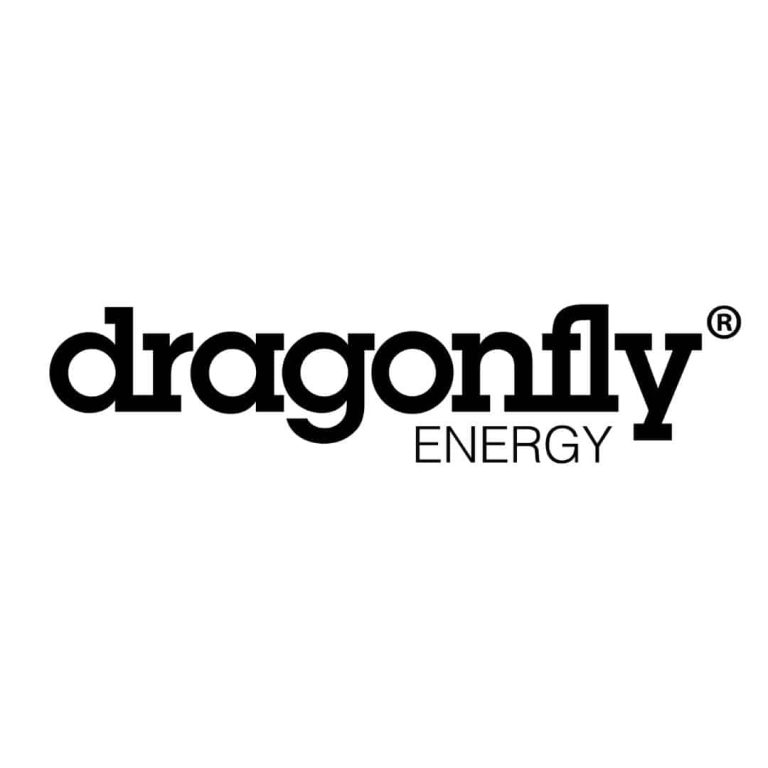Although centralized power was the key to innovation that created modern society as we know it today, rapidly increasing power demands have left us searching for new power solutions. An over-reliance on fossil fuels and extremely stressed power grids has prompted the exploration of utilizing the latest technology and distributed energy storage to create a smart grid. With battery technology that is safer and more efficient than ever and the potential for widespread access to renewable resources, we can modernize the power grid.
The Inception of Centralized Power Storage and the Power Grid
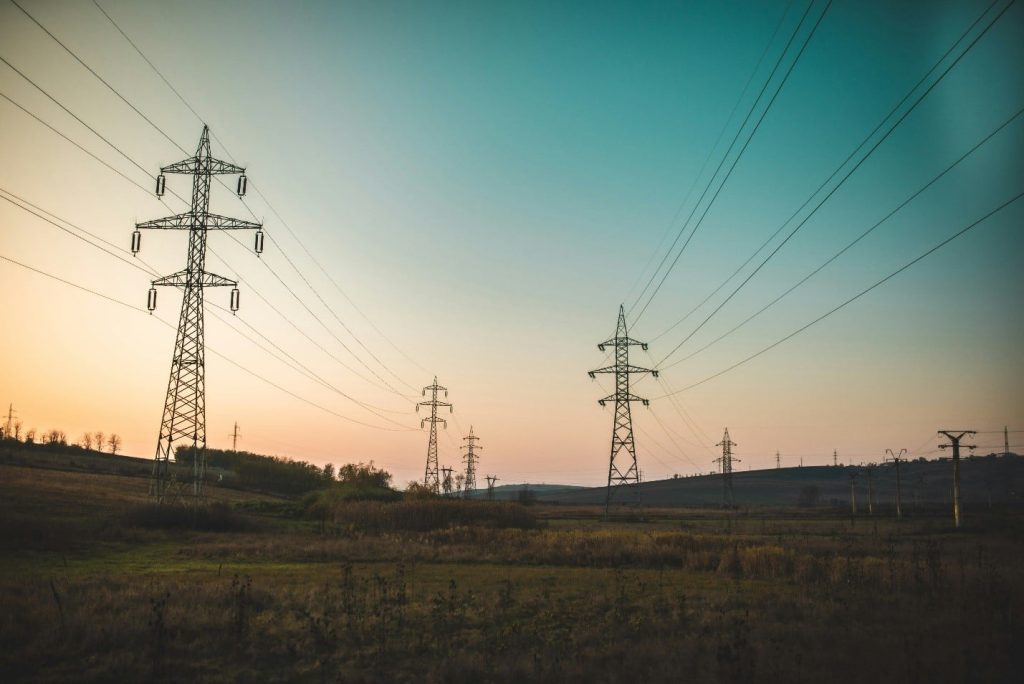
For centuries, humans have been striving towards innovation, continuously seeking ways to improve our daily lives and the world around us. The discovery of electricity generation in the 19th century and the subsequent invention of the incandescent light bulb, just a few decades later, forever changed the way we live. Candles and oil lamps gave way to electric-powered light sources as the world transitioned away from individually sourced power.
The development of centralized power generation, transmission, and distribution allowed electricity to reach a wide range of consumers. Initially, street lamps were the first to be switched from gas power to light bulbs powered by electricity. As power plants sprung up in cities around the world, electricity became a part of everyday life, being used in public buildings, businesses, and, eventually, residential homes. Widespread grid systems allowed for economies of scale in the mass production of electricity.
Centralized power was a significant milestone that opened the door for extensive innovation. In the decades following the introduction of electrical light sources, many household tasks were automated and powered by electricity. Public utilities allowed everyone living on or near the electrical grid to tap into its power and only pay for what they used. This unprecedented access to electricity facilitated the adoption of new technologies that required more electricity.

Now, life as we know it can’t go on without electricity. The need for electricity hasn’t ceased and will only persist as new technologies arise with further innovation. With an increasingly stressed power grid, we face the growing need to modernize our energy storage. Large capital investments have gone into power generated from fossil fuels, nuclear power plants, hydroelectric dams, wind farms, and more. However, significant energy losses that occur during the storage and retrieval processes have left experts searching for another solution.
Game-Changing Energy Storage Solutions Emerge | Advanced Power Distribution & Smart Grids
The once innovative electrical grid facilitated by centralized power storage is no longer effectively serving our needs with the modern evolution of technology. As the need for more sustainability grows, there has been a widespread push towards electrification. Electric vehicles and other new technologies have taken the market by storm to reduce our reliance on fossil fuels. While this appears to reduce our fossil fuel usage, when these vehicles are plugged back into the grid to recharge, our mainly fossil fuel-powered, centralized grid can’t keep up with the demand.
As opposed to solely relying on centralized power storage, one proposed solution is distributed storage. Distributed storage allows energy generated to be stored for use later. In this case, individuals and companies would possess their own electrical storage devices to capture excess electricity. This is especially helpful when paired with renewable energy sources, as excess energy can be stored for later. Then, when connected to the electric utility’s lower voltage distribution lines, distributed generation can help support the delivery of clean, reliable power to additional customers and reduce electricity losses along transmission and distribution lines.
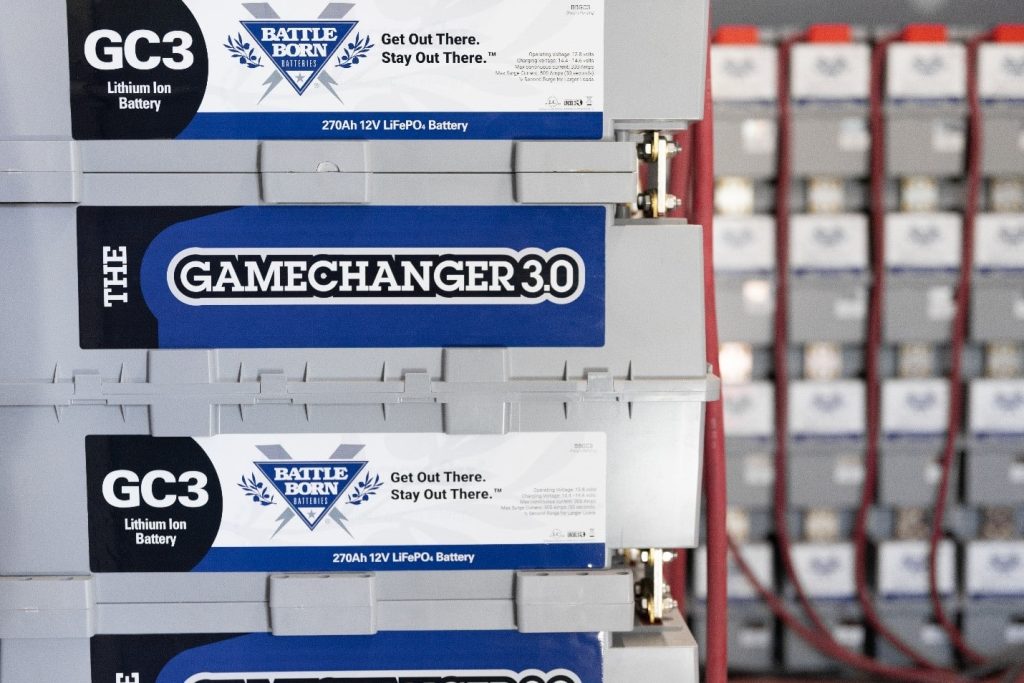
Taking it one step further, smart grids allow for even more power grid optimization. A smart grid is an electrical grid that incorporates advanced technologies, such as sensors, communication networks, and automation, to optimize energy generation, distribution, and consumption. Smart grids allow energy generation and storage from buildings and houses all over the country, harnessing renewable energy and feeding it between the consumer and the grid as demands require. This will allow us to utilize the latest technological innovations to create a grid system that can adequately distribute and store renewable energy to ensure minimal amounts of power go to waste.
Harnessing Smart Grids and Distributed Energy Storage for a Sustainable Future
Traditionally, centralized energy generation systems have produced electricity at large industrial facilities and then transmitted the electricity over long distances to reach the end consumer. These systems limit the type of energy that can be produced and where energy sources can be introduced. With minimal storage and long distances between the energy generation and the end user, this can be an efficient use of energy storage. “Smart grids enable society to move from a centralized energy generation system…to a distributed energy resource system, where sources, at various scales, can be added to the supply mix with limited disruption.” This allows for more renewable resources to be used in electricity generation.
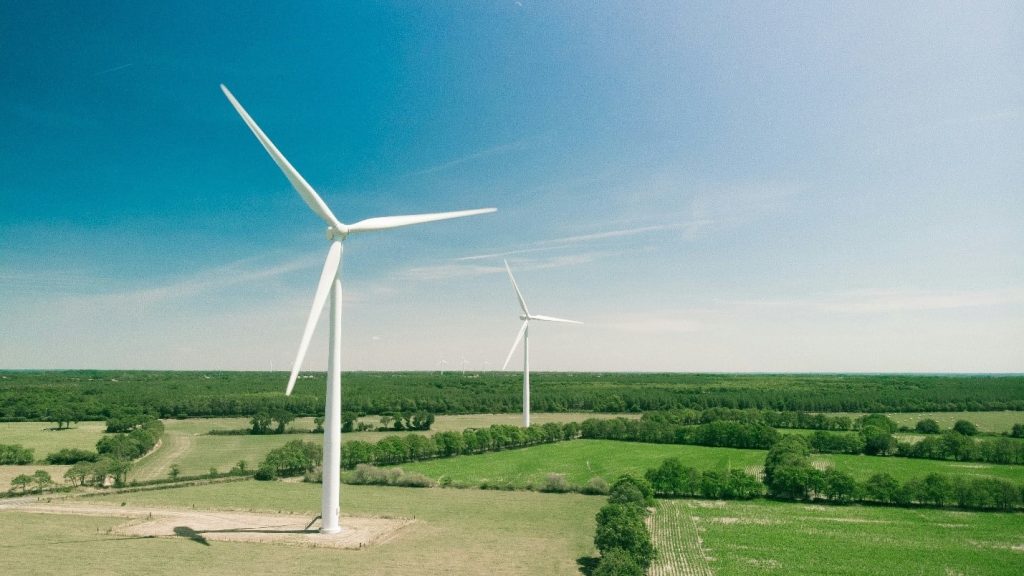
In addition to giving us the opportunity to take further advantage of green and renewable energy resources, “smart grid technologies offer several significant advantages, one of the most notable being their ability to maintain an equilibrium between energy supply and demand.” A key problem with centralized power storage is the inability to meet growing demand, especially in heavily populated regions. With only a few centralized power sources, if any go down thousands of people are left without the ability to perform essential daily tasks. With “real-time data sharing enabled by smart meters, suppliers and grid operators can more effectively manage this escalating demand.”
A smart grid will encourage “utilities to be more of a two-way highway rather than a one-way toll road from the electricity plant to the customer meter.” As customers can generate and store renewable energy, they will also be able to send excess energy back to the grid to cover other customers that need more energy than they can produce. This symbiotic relationship will allow less energy to be wasted and limit the effects of power outages as consumers will have access to multiple energy sources.
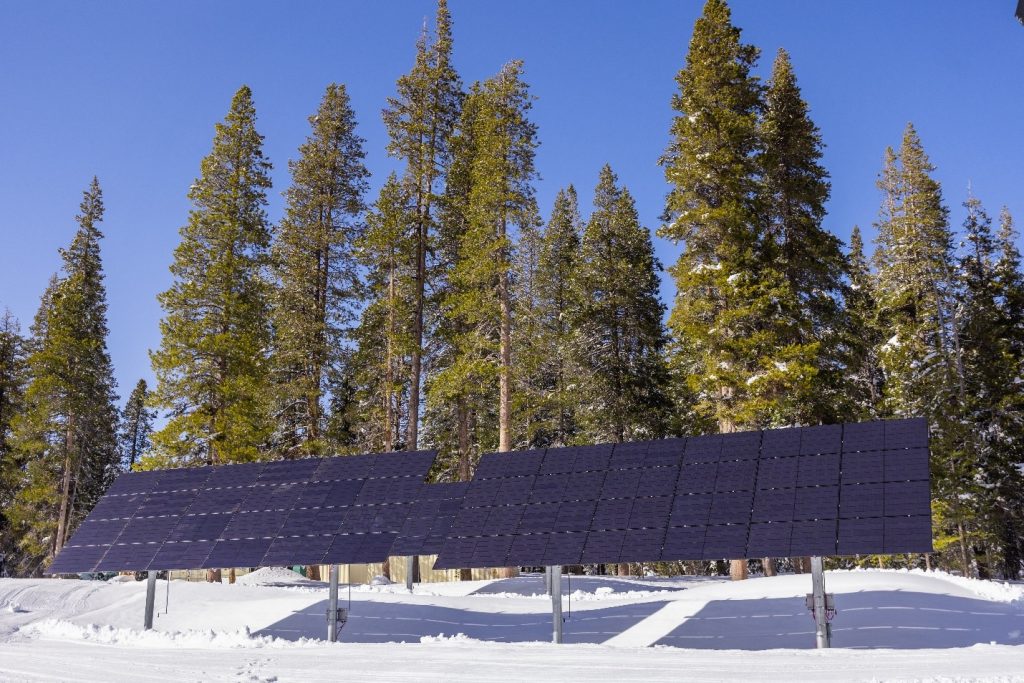
Transforming the Power Grid | Embracing Innovation for a Sustainable Future
We need to take advantage of the available renewable resources and advanced battery technologies to support the transition from centralized power storage to distributed storage and smart grids. Batteries remain the most scalable type of grid-scale storage available. Individuals, businesses, and public utilities alike can all use battery storage systems at various scales to meet their energy storage needs. Widespread adoption of distributed energy storage would allow all energy consumers to have access to excess energy in cases of high demand or power outages.
Facilitating the widespread adoption of batteries for energy storage would require the safest and most robust battery technology available. At Dragonfly Energy, we’ve developed unique manufacturing processes that enable us to create a battery with 100% non-flammability and a projected 5,000+ cycles life. This opens the door to widespread distributed storage deployment as a tool to help reduce stress on the country’s power grid. Additionally, distributed storage will allow us to utilize more renewable energy. With the ability to add methods of renewable energy generation to replenish individual battery systems, we can reduce our reliance on fossil fuels across the grid.
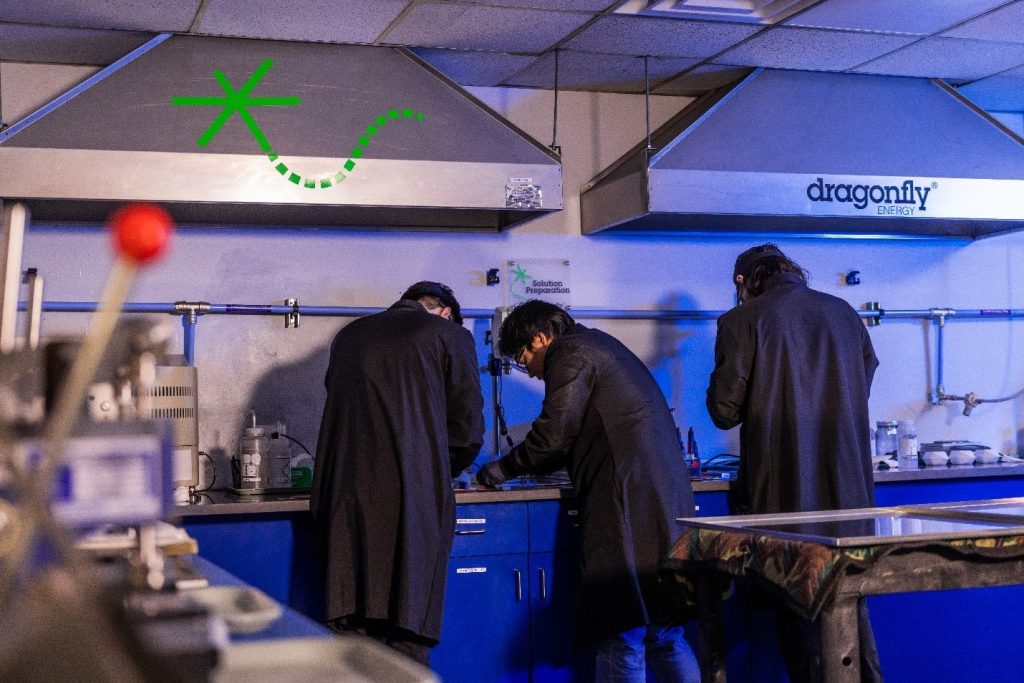
“As we continue to invest and innovate to grow the grids of the future, we cannot forget that the ultimate goal is clean electrification, the main road to reducing emissions and combating climate change.” By taking advantage of the potential that comes with distributed energy storage and smart grids, we hope to create a greener future with widespread access to clean energy. With our recent technological innovation, we believe that we have found a way to drop the price of energy storage globally. We imagine a future where our smart storage solution will allow for less reliance on the power grid with ample access to backup power by distributing energy and drawing on renewable resources.

